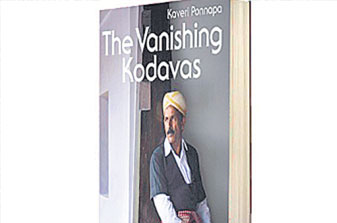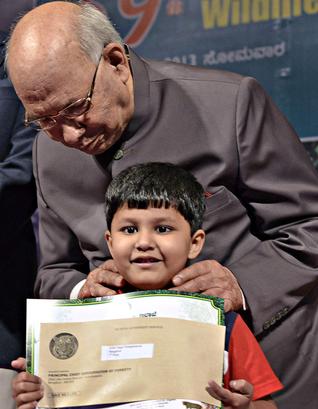Madikeri:
The annual spectacle of ‘Teertodhbhava’, symoblising the emerging of holy water from the ‘Brahmakundike’, a tiny niche, at the foothills of mighty Brahmagiri Hills at Talacauvery in Kodagu, occurred at 12.02 p.m., amidst the chanting of Vedic hymns by priests and the delirium of devotees on Thursday. River Cauvery’s journey originates from Talacauvery.
Thousands thronged the spot vying with each other to catch a glimpse of the occurrence. A large number of devotees had reached Talacauvery much ahead of the scheduled occurrence. Anil, of the visitors, told The Hindu that the gathering was less when compared to last year. ‘Everything went off well’, Manu Muthappa, president of the Bhagandeshwara-Talacauvery Temple Management Committee, said.
Devotees are streaming into Bhagamandala to take a holy dip at the Triveni Sangama, offer prayers and proceed towards Talacauvery, located about eight km away.
Police had a tough time in preventing devotees from jumping into the main pond in front of the Brahmakundike at Talacauvery before the ‘Teerthodbhava.” A team of priests sprinkled the ‘teertha’ on the devotees as soon as it emerged from the Brahmakundike. The holy water is not be allowed to overflow from the niche since it is considered inauspicious.
Distribution of teertha to the general public would take place today evening and tomorrow morning. Television news channels beamed the event live through which many were above to see the occurrence.
Mysore-Kodagu Member of Parliament, A.H. Vishwanath, former Speaker and Virajpet MLA K.G. Bopaiah, Deputy Commissioner Anurag Tewari, and Superintendent of Police M.N. Anucheth, were present.
source: http://www.thehindu.com / The Hindu / Home> News> National> Karnataka / by K. Jeevan Chinnappa / Madikeri – October 17th, 2013







